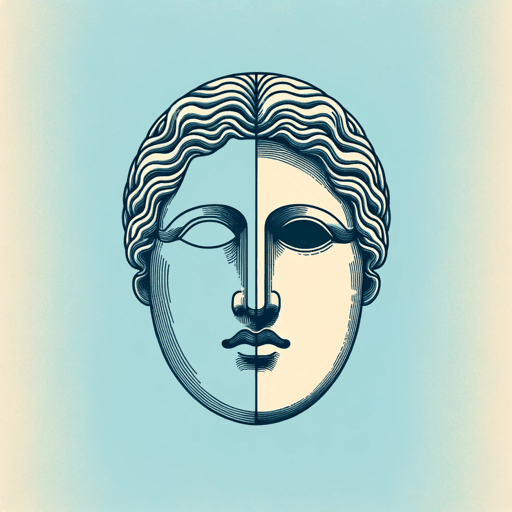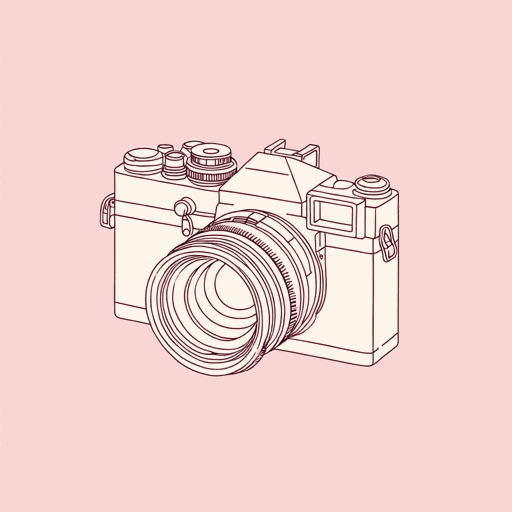28 pages • 56 minutes read
Susan SontagAgainst Interpretation
Nonfiction | Essay / Speech | Adult | Published in 1966A modern alternative to SparkNotes and CliffsNotes, SuperSummary offers high-quality Study Guides with detailed chapter summaries and analysis of major themes, characters, and more.
Important Quotes
“The earliest experience of art must have been that it was incantatory, magical; art was an instrument of ritual. (Cf. the paintings in the caves at Lascaux, Altamira, Niaux, La Pasiega, etc.) The earliest theory of art, that of the Greek philosophers, proposed that art was mimesis, imitation of reality.”
(Page 95)
This opening paragraph contrasts experience and theory to make a point about the discrepancy between these terms in relation to art, a dichotomy that guides the rest of the essay. Interpretation inherently alters the perception of art and betrays its true meaning by distorting the viewer’s experience. While the Greek theory of art discussed in the essay involves imitation, art’s relationship with ritual is indicative of a different, more transparent mode of experience and interpretation that Sontag hopes to popularize. In a sense, this juxtaposition also informs the author’s later contrast between form and content.
“The fact is, all Western consciousness of and reflection upon art have remained within the confines staked out by the Greek theory of art as mimesis or representation. It is through this theory that art as such—above and beyond given works of art—becomes problematic, in need of defense. And it is the defense of art which gives birth to the odd vision by which something we have learned to call ‘form’ is separated off from something we have learned to call ‘content,’ and to the well-intentioned move which makes content essential and form accessory.”
(Page 96)
Sontag builds on her argument by asserting that predominant theories of art in the West are still restricted by the limitations of the early Greek theory of mimesis. She offers a core argumentative point about how such limitations have imposed a new perspective of art involving a supposed difference between “form” and “content.” This is particularly relevant to her critique of content-based interpretation and her support of a new theorization of art, especially one that focuses on aspects of experience and desire, as she elaborates later.
Related Titles
By Susan Sontag





